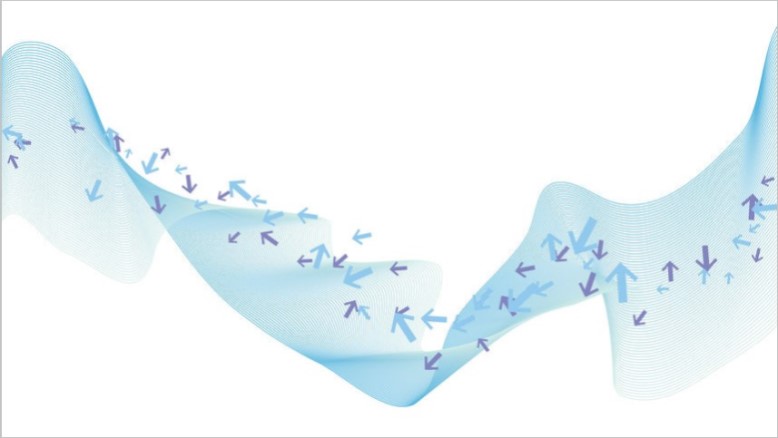Why is the price movement of a warrant different from the underlying asset?

When it comes to buying stocks, an increase in stock price means a profit and a drop in stock price means a loss. It’s simple. However, trading derivative warrants (known as “warrants”) is another story.
Some may wonder: The stock price went up, but why the related warrant price did not follow and went downwards instead? This scenario may be confusing to some warrant investors. To understand the reasons behind this scenario, it is important to understand the factors affecting the price of a warrant in the first place.
The price movement of a warrant may not be proportionate, or may even be opposite, to the underlying asset price (or level if the underlying asset is an index). Apart from the movement of the underlying asset price, there are other factors affecting the theoretical price of a warrant: Time to expiry of a warrant, implied volatility and dividends of the underlying asset and interest rate.
| Call warrant price | Put warrant price | |
| Underlying asset price ⬆ | ⬆ | ⬇ |
| Implied volatility of the underlying asset ⬆ | ⬆ | ⬆ |
| Time to expiry of the warrant ⬇ | ⬇ | ⬇ |
| Dividends of the underlying asset ⬆ | ⬇ | ⬆ |
| Interest rate⬆ | ⬆ | ⬇ |
Underlying asset price
Call warrants represent a bullish outlook on the underlying asset, and theoretically, their price will go up or down alongside with the underlying asset price. On the contrary, put warrants represent a bearish outlook on the underlying asset, and, supposedly, their price will move in the opposite directions with the underlying asset price.
Time to expiry
Warrants have a life span of six months to five years. Time is valuable. A warrant with longer time to expiry has higher time value, and such time value will diminish gradually as it approaches the expiry date. This is called “time decay”. The closer the expiry date, the faster the time decay.
Investors should avoid buying short-dated warrants that are very close to their expiry dates. Towards the expiry of the warrants, not only the rate of reduction in the time value of warrants will speed up, the warrants prices are usually highly volatile and unpredictable. The prices of short-dated out-of-the-money warrants may not follow the performance of the underlying assets.
Implied volatility
Implied volatility is the market expectation of the movements of the underlying asset price. Higher implied volatility means the market expects higher volatility of the underlying asset price in the future, so the warrant will be more likely to reach its strike price (or level if the underlying asset is an index). Hence, higher implied volatility is favourable to the warrant price.
However, implied volatility cannot predict the rise or fall of the underlying asset price, and its changes may not be related to the performance of the underlying asset. Implied volatility can change at any given time. Changes in implied volatility will be reflected in the warrant price, and investors should be aware of the implications.
Dividends of the underlying asset
Issuers determine warrant prices by taking into account the dividend payment history and market expectations as any discrepancy between the dividend payout and market expectations may affect the warrant prices. If the actual dividend payout is higher than expected, the prices of call warrants will fall while that of put warrants will rise.
Interest rate
A rising interest rate will drive up the price of call warrants while it will decrease the price of put warrants.
The above-stated factors all play a role in setting the theoretical warrant price. However, the market price may be different from the theoretical price due to demand and supply, e.g. the outstanding amount in the market or availability of other warrants with the same underlying asset and other factors, e.g. the reputation and balance sheet of the issuer.
22 January 2021




